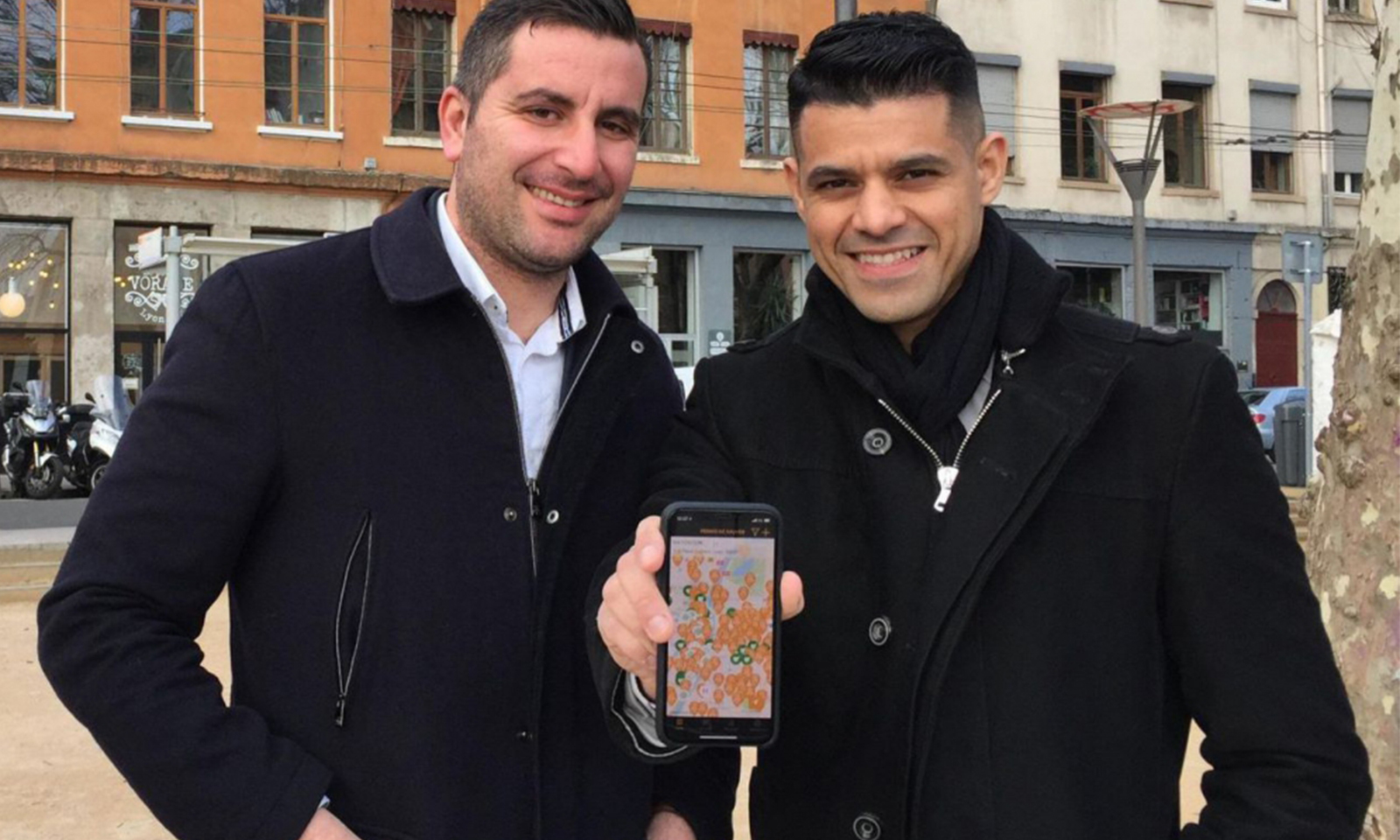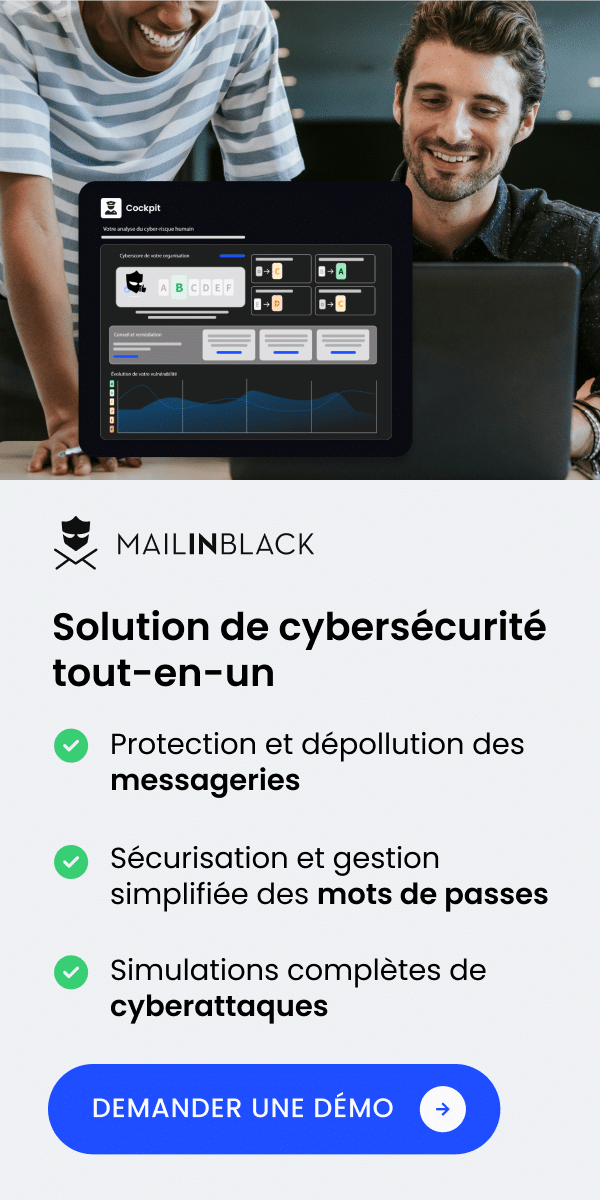Developed by the Departmental Fire and Rescue Service (SDIS974), the Permis de Sauvetage application makes it possible to geolocate and mobilize volunteer rescuers. It allows any qualified first aider with a smartphone to take part in the rescue chain while waiting for the arrival of public help. A great first for the emergency services on Reunion Island.
A mobile application to optimize rescue efforts
This is a big first for the rescue services on the island. The Permis de sauver application, available for free on iTunes, Play Store and on computer, was launched by two professional firefighters from the Rhône, Ganème Asloune and Mehdi Boudjema. It should allow any qualified first aider with a smartphone to participate in the rescue chain while waiting for the arrival of public assistance.
Geolocate and mobilize volunteer rescuers with Permit to Save
The Permis de Sauver application allows you to geolocate and mobilize volunteer rescuers to an accident. It also includes attacks or other major and natural risks. Thus, this application should allow a quick intervention, even before the arrival of the first aid. To increase efficiency even further, the application offers automatic calculation of the route to the victim, signalling of the nearest defibrillators and real-time video communication with the emergency services, if required.
Different levels of rescue workers
When the application is installed, each new user who registers is at the 1. However, the user can add his or her lifeguard diploma and upgrade to level 2. This is done when finalizing the profile. Level 3 is exclusively intended for experienced first aiders such as professional firemen, nurses or EMS doctors.
A platform that completes the usual intervention system
Combined with the operational centre of the fire brigade in charge of processing calls on 18, the “Permis de Sauver” alert centre manages and alerts the first aiders connected to the application. This way, an alert is given immediately in case of a crisis or emergency. However, the SDIS would like to remind you that this platform does not replace the emergency services. Rather, it complements the usual intervention mechanism. Moreover, in Reunion Island, professional rescue services take an average of 14 minutes to reach a person in distress.
42,000 interventions in one year
Last year, the SDIS firefighters intervened 42,000 times for an emergency response to help people. When it comes to cardiac arrests, it is the fire brigade that most often intervenes to provide public first aid. In a few figures, the chances of survival of a victim in cardiac arrest decrease by 10% every minute. Moreover, the proportion of victims taken care of by the Reunion fire brigade in 2018 who were able to benefit from ‘early’ electric shocks was only 9%. Moreover, the rate of transfer by the fire brigade of victims ‘recovered’ in hospital is only 15%. It therefore seems essential to improve the strategy for dealing with this vital distress in the department. This is achieved through the early mobilization of all available resources in a complementary manner. This is at least the opinion of Colonel Patrick Lallemand, SDIS chief medical officer.
Key figures 2018 at the SDIS of Reunion:
– Calls 18 handled by the CTA-CODIS: more than 370,000
– Number of interventions: 53,583
– Rescue operations: 41,975
– Time between the call and the arrival of the firemen on the scene: 14 minutes. This includes handling the call, route delay, assessment of the victim and activation of the semi-automatic defibrillator (AED)
– Number of victims who received shocks: 9.3
– Victims transported to hospital: 15%.
– Location of cardiac arrest (CA): 79% at home, 17% in a public place
Photo credit: leparisien.fr



